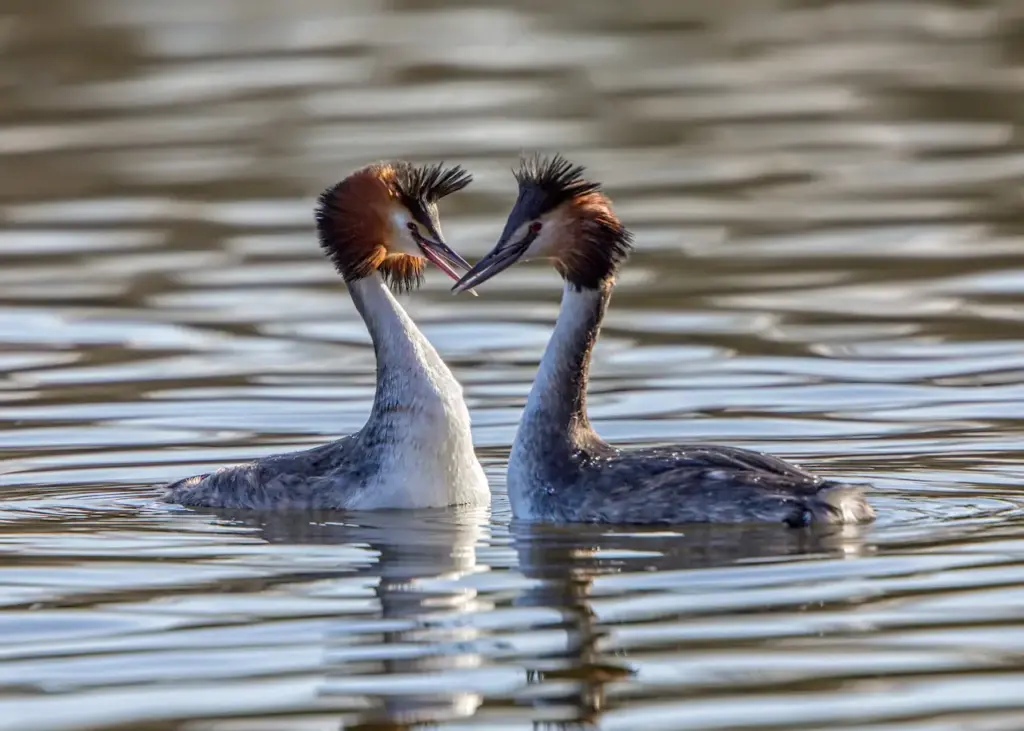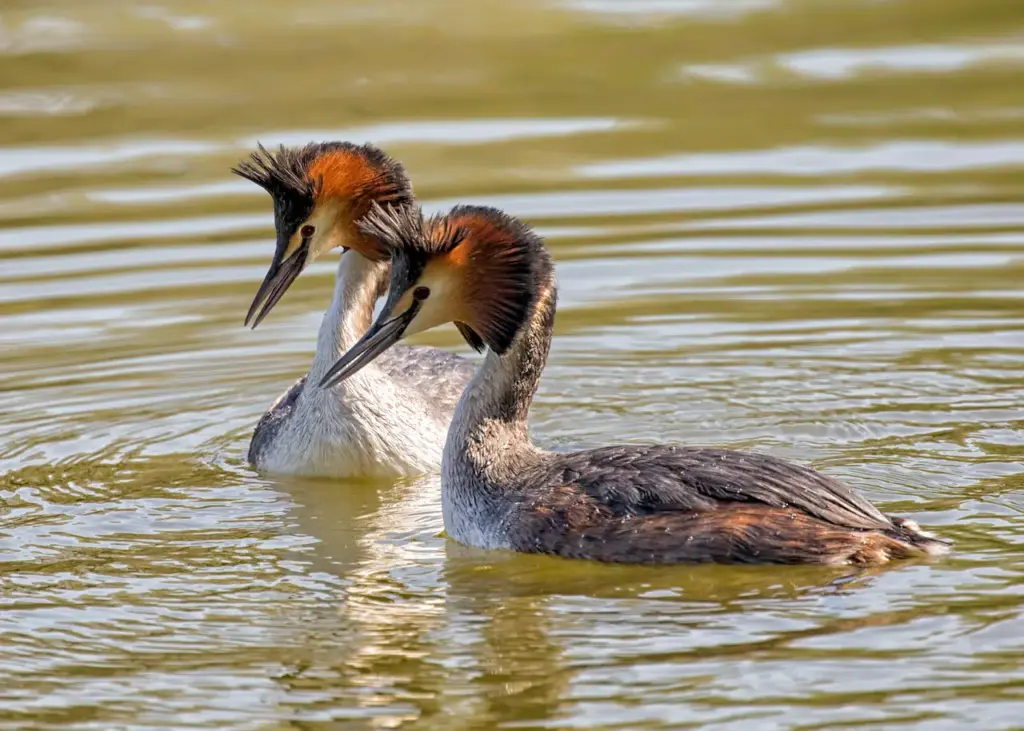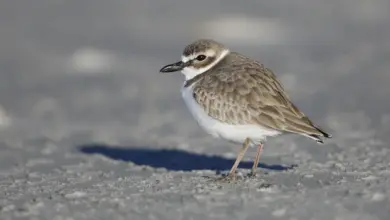Great Grebes (Podiceps cristatus)
Great Grebes (Podiceps cristatus)
The Great Grebes, Podiceps cristatus is the largest species of grebe on earth. A disjunct population exists in northwestern Peru, while the main distribution is from extreme southeastern Brazil to Patagonia and central Chile. The population from southern Chile is considered a separate subspecies, P. m. navasi.

This species occurs mainly in open waterways. Most birds are seen on low-altitude lakes and sluggish rivers (often surrounded by forests), as well as estuarine marshes. While breeding, it frequents the heavily vegetated inlets off of large lakes. Outside of the breeding season, most birds will move to estuaries and bays, usually heavy with kelp (occasionally, they even are seen on the open sea). Non-breeding birds may live along the coasts all year.
This is a very large grebe, with proportions more like a goose or a cormorant than a typical grebe. They range in length from 67-80 cm (26-32 inches) and usually weigh about 1600 grams (3.5 lb), but can scale to at least 2 kg (4.4 lb). They are buffy-rufous on the neck and chest, blackish on the back, and have a whitish belly. The head is sooty gray with a reddish brown eye. Due to its size and unique coloration, the Great Grebes is unlikely to be confused with any other bird, including other grebes.
The Great Grebes lives on a diet comprised mostly of fish, sometimes over 11 cm (4.3 inches) long, but usually smaller. Prey competition can occasionally occur with the Neotropic Cormorant over fish, but that species (in spite of smaller body size) usually take larger fish. Also, insects, crustaceans, and mollusks are taken. The diet can switch to almost half crabs during the wintertime along the coasts, and these birds can also take the young of other waterbirds, especially coots.
After living in groups numbering up to the hundreds, these birds move inland to breed. Most populations lay their eggs from October to January, becoming later further south. In the isolated Peru population, nesting occurs in September and October, with a possible second clutch in January or February. They are moderately social when breeding, occasionally forming colonies. 3 to 5 eggs (sometimes 6) are laid. Two broods, or possibly more, can be raised at the same time.

These birds are widespread and common throughout most of their range. They have been lucky in that much of their native habitat has not been cleared, especially in the southern portions of their range.
Copyright: Wikipedia. This article is licensed under the GNU Free Documentation License. It uses material from Wikipedia.org … Additional information and photos added by Avianweb.
Please Note: The articles or images on this page are the sole property of the authors or photographers. Please contact them directly with respect to any copyright or licensing questions. Thank you.




